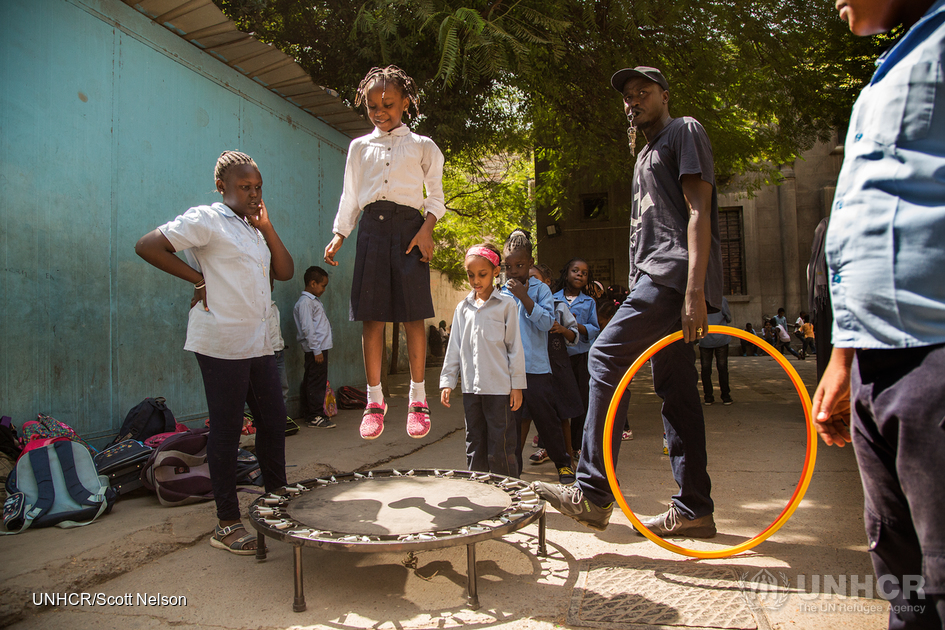What is Protection Information Management (PIM)
 PIM is the: principled, systematised, and collaborative processes to collect, process, analyse, store, share, and use data and information to enable evidence-informed action for quality protection outcomes.
PIM is the: principled, systematised, and collaborative processes to collect, process, analyse, store, share, and use data and information to enable evidence-informed action for quality protection outcomes.
The objective of PIM is to provide quality data and information on people in displacement situations in a safe, reliable, and meaningful way. PIM is helpful in ensuring the efficient and targeted use of resources and to enable the coordination, design, and delivery of protection responses.
Background

Guidance & Products
All PIM guidance and products have been created collaboratively by protection and IM colleagues from throughout the community, and are available for download and use. PIM is also supportive of and being used by colleagues within CCCM, Shelter and other sectors.
Collaborate
PIM is for everyone, and participation in the PIM Initiative is open to all.
Stakeholders in PIM include NGOs such as Oxfam, UN agencies such as UNICEF and OCHA, global and field clusters, academia, and donors.
Interested colleagues may contribute to any part of the PIM initiative. While the overall result and usefulness of the initiative will depend on contributions from experts from throughout the protection and information management communities.
DRC and UNHCR will continue to facilitate the achievement of key objectives of the PIM initiative, in collaboration with other stakeholders.

Training
The objective of the PIM training project is to improve the ability of humanitarian coordination fora to develop a more informed protection response anchored in an overall protection analysis.
A PIM Training Team and global network of PIM trainers are available to respond to field interest in PIM training support.
PIM in Practice
PIM in Practice provides an overview of how different organisations and individual practitioners have used the PIM Conceptual Framework across the globe.
The compilation reflects how PIM is a useful and practical framework that creates structure and embeds principles into daily protection information management activities to enable quality protection outcomes.


